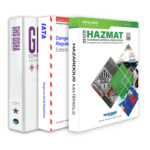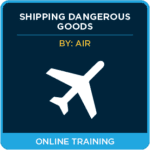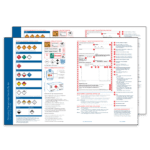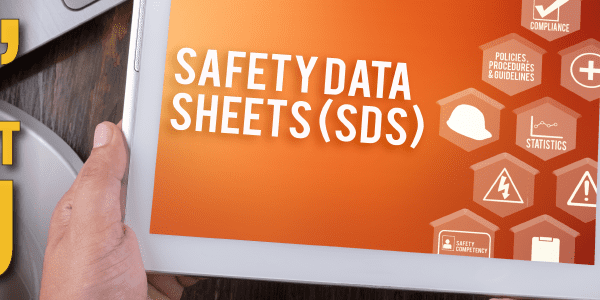Many companies will take training via online platforms, or even contract a company like ICC Compliance Center to conduct training on-site. Although these are great options, they generally only meet part of the requirement outlined in the regulations.
As we move to competency-based training for IATA (for air) and TDG (for ground in Canada), we need to look deeper into what is required and when we can say we have done enough to meet the requirements outlined in the regulations.
For the purpose of my blog, I am going to focus on 49 CFR, but the principle will be the same for the other regulations.
The 49 CFR regulations Subpart H, Part 172.700 outlines the requirements for training. It starts by saying, “A hazmat employer shall ensure that each of its hazmat employees is trained in accordance with the requirements prescribed in this subpart. (172.702(a))”
Part 172.704 outlines the various trainings that each hazmat employee should have. There are potentially five areas to address:
- General Awareness/familiarization training
- Function-specific training
- Safety training
- Security awareness training
- In-depth security training
If an inspector shows up to audit your facility, they will look to ensure that all five of these trainings are complete and testing/record-keeping for each is complete.
Most online courses and 1-2 day on-site/virtual courses will cover the General Awareness/familiarization training. Security awareness is most often included in this type of course as well (at least with ICC it is).
Safety training is often included as part of the annual OSHA training. So generally, no issues for employers there.
Where employers often run into problems is forgetting about the function-specific training.
49 CFR Part 172.704 (2) (i) (ii) states:
“Each hazmat employee must be provided function-specific training concerning requirements of this subchapter, or exemptions or special permits issued under subchapter A of this chapter, that are specifically applicable to the functions the employee performs.
(ii) As an alternative to function-specific training on the requirements of this subchapter, training relating to the requirements of the ICAO Technical Instructions and the IMDG Code may be provided to the extent such training addresses functions authorized by subpart C of part 171 of this subchapter.”
Let’s look at an example.
During a training class, the shipping paper is discussed; the elements needed on the shipping paper and the order of the ISHP information, the emergency information, etc. The instructor will do an exercise with the student, having them complete a shipping paper or perhaps find the errors on the shipping paper. But the student did not complete that shipping paper as they would in the day-to-day job. The shipping paper is almost always completely electronically these days. Filling in boxes on the computer. So, during class, the real function was never really covered.
How do you solve this issue? Watch the employee perform the task. Ask them questions about the task, then document, document, and document.
The supervisor needs to ask themselves how many of these areas need to be addressed, and they need to ensure each and every one of them are completed and documented on the same 3-year cycle as the refresher training.
Need help? Ask one of our friendly Training Coordinators for more information on training and how one of our Regulatory Experts can assist you with this task.
Stay up to date and sign up for our newsletter!
We have all the products, services and training you need to ensure your staff is properly trained and informed.
 Regulatory Publications |
 Training Courses |
 Posters & Charts |







 ICC USA
ICC USA ICC Canada
ICC Canada